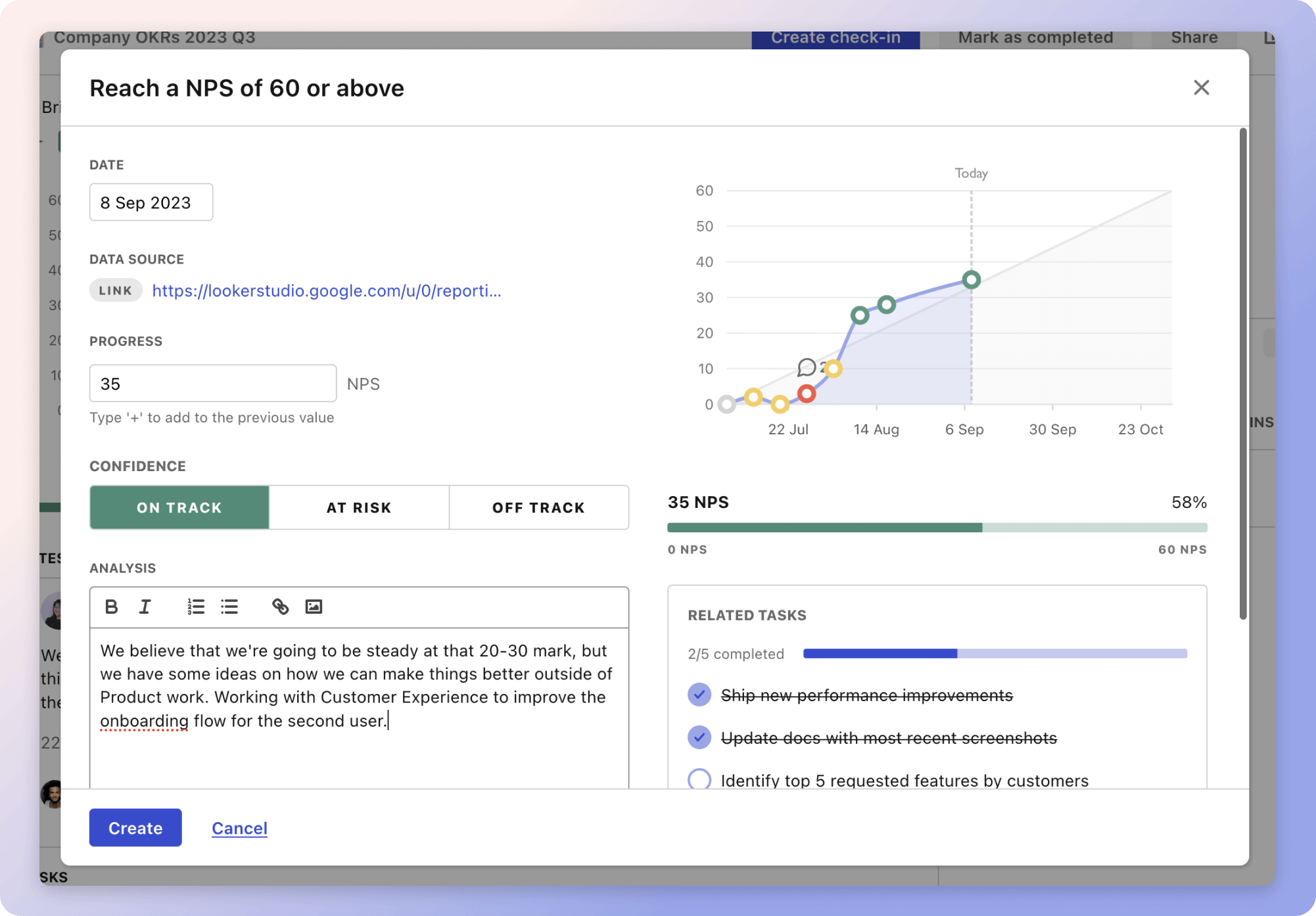The strategy provides a structured approach to refining and resubmitting a request to ensure clarity and alignment with guidelines. It emphasizes the cyclical nature of creating an efficient strategy, suggesting users renew their approach by clearly restating their objectives and ensuring their requests are concise and align with content guidelines. For example, if a user needs assistance with multiple objectives, the strategy suggests breaking them into simpler parts to avoid confusion.
Submission clarity is vital. The strategy advises stating objectives succinctly, using simple language, and avoiding grammar errors to enhance understanding. Requesting feedback or examples and using bullet points for complex parts also help in achieving clarity. An example would be checking for mistakes before submitting to minimize misunderstandings.
Adjusting and resubmitting involve reviewing errors and consulting available support to clarify unsupported requests. Users should restate objectives simply, separating comprehensive ones, and adhere to character limits. For instance, learning from successful submissions can refine one's approach, ensuring the current strategy is continuously improved.
The strategies
⛳️ Strategy 1: Renew your approach
- Re-enter your objective clearly
- Ensure your request aligns with safe content guidelines
- Clarify your needs if they involve multiple objectives
- Send concise and straightforward requests
- Avoid any additional unnecessary details
- Review guidelines for any unsupported requests
- Break down complex objectives into simpler parts
- Consider any alternative approaches you may have missed
- Submit your refined request for reevaluation
- Be patient while the system processes your request
⛳️ Strategy 2: Optimize submission clarity
- Ensure the objective is stated in one clear sentence
- Double-check for spelling and grammar errors in your request
- Use simple language that focuses on the core objective
- Avoid asking for multiple objectives in one request
- Request feedback on the clarity of your submission
- Familiarise yourself with acceptable topics for assistance
- Use bullet points for complex objectives
- Request examples if necessary
- Avoid ambiguous or complex phrasing
- Reassess the objective's alignment with the guidelines
⛳️ Strategy 3: Adjust and resubmit
- Review the reason for the error
- Consult assistance for clarity on unsupported requests
- Simplify and restate your objective
- Avoid including any prohibited topics
- Split comprehensive objectives into separate requests
- Stay within the character limits if applicable
- Ensure the objective is unique and specific
- Solicit help from support channels if unclear
- Take note of other successful submissions
- Reflect on your current strategy and make adjustments as necessary
Bringing accountability to your strategy
It's one thing to have a plan, it's another to stick to it. We hope that the examples above will help you get started with your own strategy, but we also know that it's easy to get lost in the day-to-day effort.
That's why we built Tability: to help you track your progress, keep your team aligned, and make sure you're always moving in the right direction.

Give it a try and see how it can help you bring accountability to your strategy.
